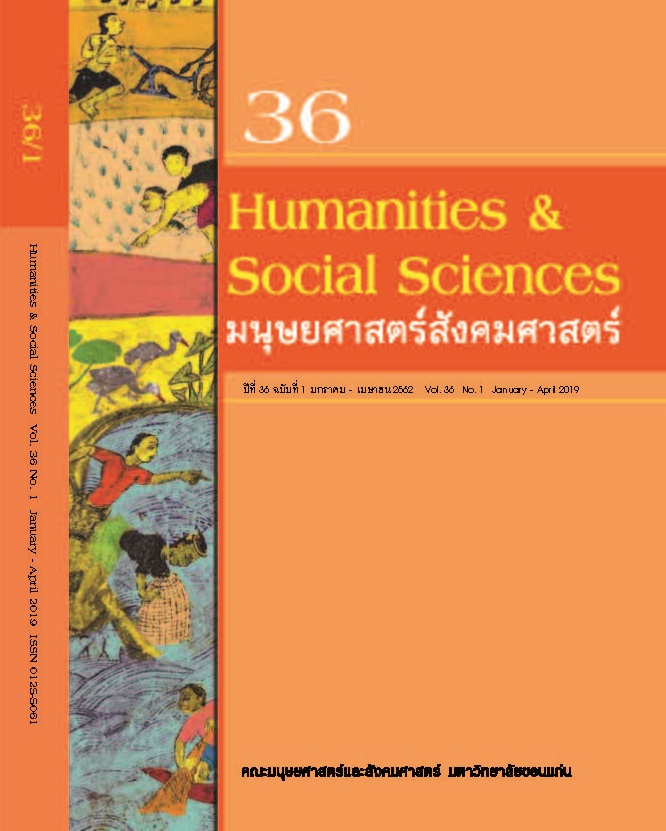โครงสร้างการีตในภาษาไทยและภาษาญี่ปุ่น: การศึกษาเปรียบเทียบเชิงวากยสัมพันธ์และระบบคำ/Causative constructions in Thai and Japanese: A syntactic and morphological comparative study
The syntactic and morphological comparative study
Keywords:
causative construction, syntax, morphology, Thai, JapaneseAbstract
This paper is to study and compare deep structures of Thai and Japanese causative construction which be derived in different ways. Since Japanese is a morphologically rich language which is distinct from Thai. According to Pothipath (1999) Thai causative construction is made up by a causative verb which are tham, hai and thamhai. While Japanese causative verb is derived by causative morpheme –(s)ase which affects case particles and sentence structure. The Thai causative verbs and Japanese causative morpheme affect the valence operation i.e. theta-roles and grammatical function of NPs will be changed. The result of this research shows that even the NPs which are arguments of Thai and Japanese causative verbs, are assigned theta-roles similarly as VCAUSE(yCAUSER, xAGENT, zTHEME). The distinction between Thai and Japanese causative projection is shown under projection vP which is the particular projection of causative construction.



